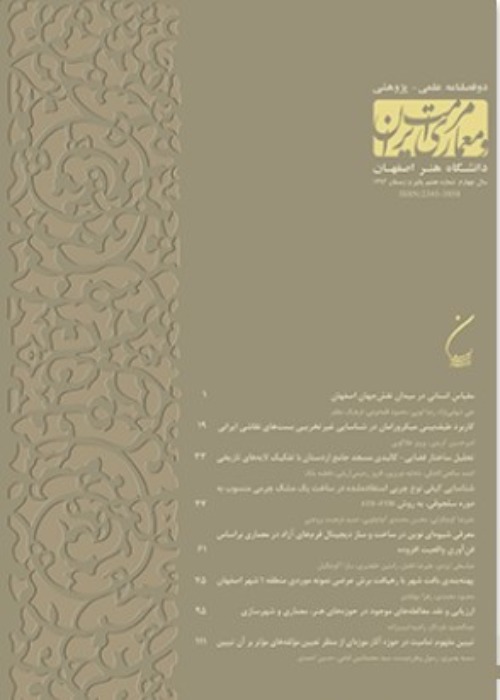Presenting A Conceptual Model Of Curriculum Objectives From The Perspective Of Pragmatic Education In The Undergraduate Course In Architecture Based On The Model Of Klein And Akker
Undergraduate curricula in our country have been criticized for not paying enough attention to the field of practical activities and neglecting vocational training. The curriculum is considered to be a central pillar of the education process and a means to achieve the goals of higher education, Therefore, the purpose of this study is to improve the curriculum based on action-based education as a new approach and the link between architecture education and the needs of society and the labor market. This research seeks to answer two questions: 1. What is the curriculum model in the undergraduate course based on the Klein and Akker model? 2. What is the conceptual model of the curriculum objectives from the perspective of pragmatic education under the proposed model? The present research is of qualitative type and meta-synthesis methods and content analysis has been used sequentially. Data analysis and coding were performed using Nvivo software. Documentary methods and semi-structured interviews were used to collect information. First, with the meta-synthesis method, 18 curriculum patterns were examined and based on the Klein and Akker model, the characteristics of the proposed model was expressed; this pattern consists of nine elements centered on the objectives of the curriculum, so that the other elements are interconnected like a spider web. Then, data analysis was performed by analyzing the content of selected documents and interview forms. After analyzing the qualitative data, 2437 references were obtained, and summarizing and classifying the data, finally 83 open codes, 23 axial codes (19 sub-categories and 4 main categories), and 5 selective codes were presented. After discovering the causal relationships, the spiral conceptual model consisting of 4 objectives, 5 components, and 19 indicators of pragmatic education was presented. In this model, the component of observation as the core and the four components of objective experience, experimentation, internship, and usefulness at higher levels, respectively, constitute the components of pragmatic education. As utility as an inclusive component at the highest level of pragmatic education plays a role in curriculum revision and promotion of architectural education to train vocational.
- حق عضویت دریافتی صرف حمایت از نشریات عضو و نگهداری، تکمیل و توسعه مگیران میشود.
- پرداخت حق اشتراک و دانلود مقالات اجازه بازنشر آن در سایر رسانههای چاپی و دیجیتال را به کاربر نمیدهد.




